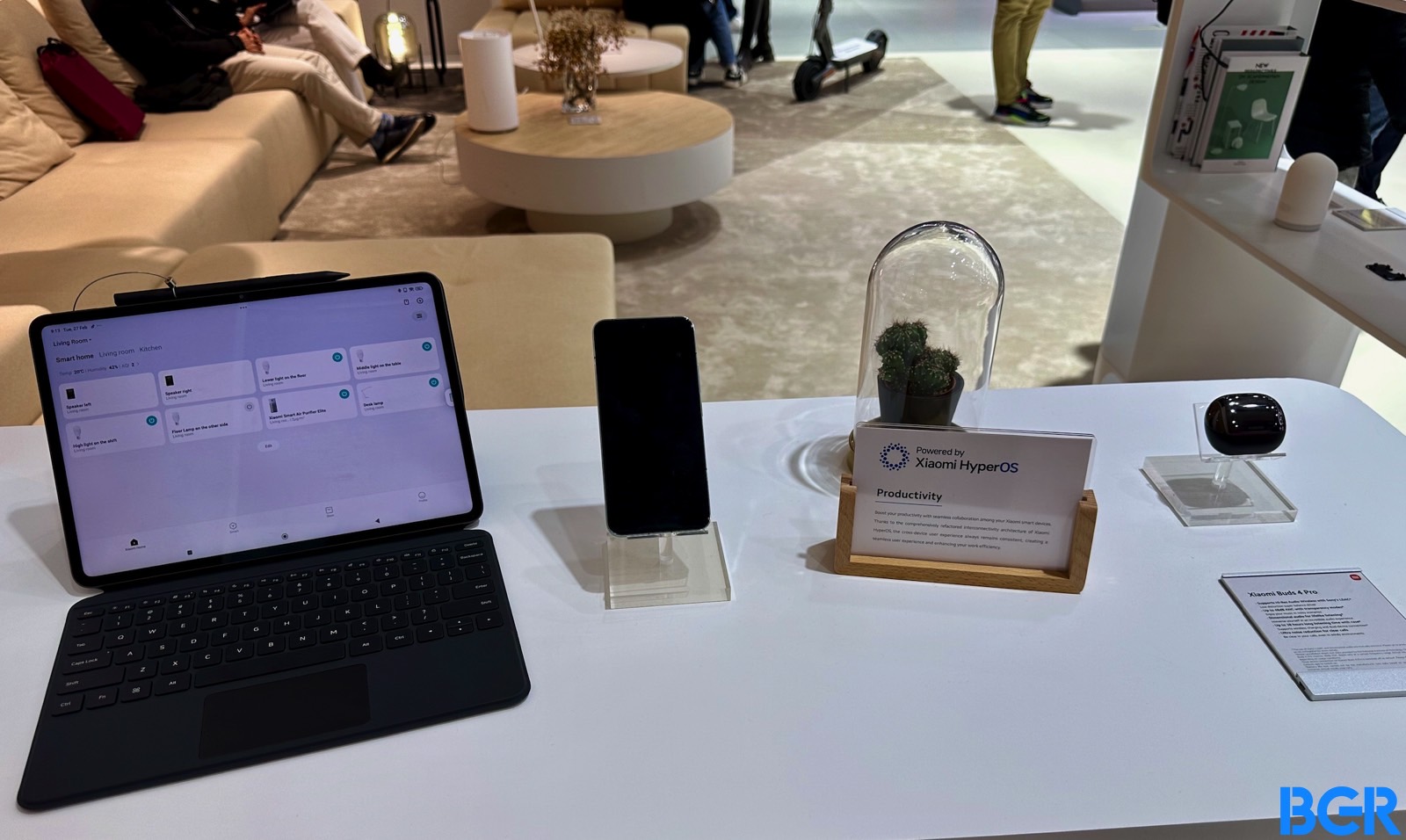The Xiaomi 14 Ultra is easily one of the highlights of MWC 2024. It’s not just an incredible camera phone that will directly challenge the Galaxy S24, Pixel 8 and 9, and the iPhone 15 and 16. It’s also a flagship device that runs on Qualcomm’s best possible mobile processor. As expected, it also delivers built-in AI features because this is, after all, a 2024 device.
Here’s where things get interesting, however. The Xiaomi 14 Ultra is an Android device running Google’s version of the operating system. But Xiaomi built a new user experience on top of it, optimizing the performance of the resulting contraption.
Xiaomi calls it HyperOS, an operating system that will power the Xiaomi 14 Ultra and other smart devices. It’s all part of Xiaomi’s new “Human X Car X Home” ecosystem the company has been promoting in Barcelona.
What’s interesting about HyperOS is that it feels like the operating system Apple would build on top of Google’s Android. It’s not just the overall design that will remind you of the iPhone and iPad UI and the speed optimizations. It’s the way Xiaomi devices will work together that is impressive here.
I’m a longtime iPhone and Mac user, and I’ve been taking advantage of Apple’s Continuity features to seamlessly switch between devices, as well as access my data securely. A similar experience is coming via HyperOS to some Xiaomi customers, starting with the Xiaomi 14 and Xiaomi 14 Ultra.
Where is Google in all of this?
About 50 minutes into the Xiaomi 14 Ultra event on Sunday, Xiaomi unveiled HyperOS. This seemed bigger than just a skin running atop Android, making me wonder whether the phones still run Google’s Android. After all, Huawei created its fork of Android, and Amazon runs its own version of Android. Then there’s the Android experience in China, which doesn’t have Google at the heart.
Later during the event, Xiaomi invited Qualcomm and Leica on the stage, its big partners in making a phone like the Xiaomi 14 Ultra happen. You’ve probably noticed how unnecessarily long these segments were if you followed the event live.
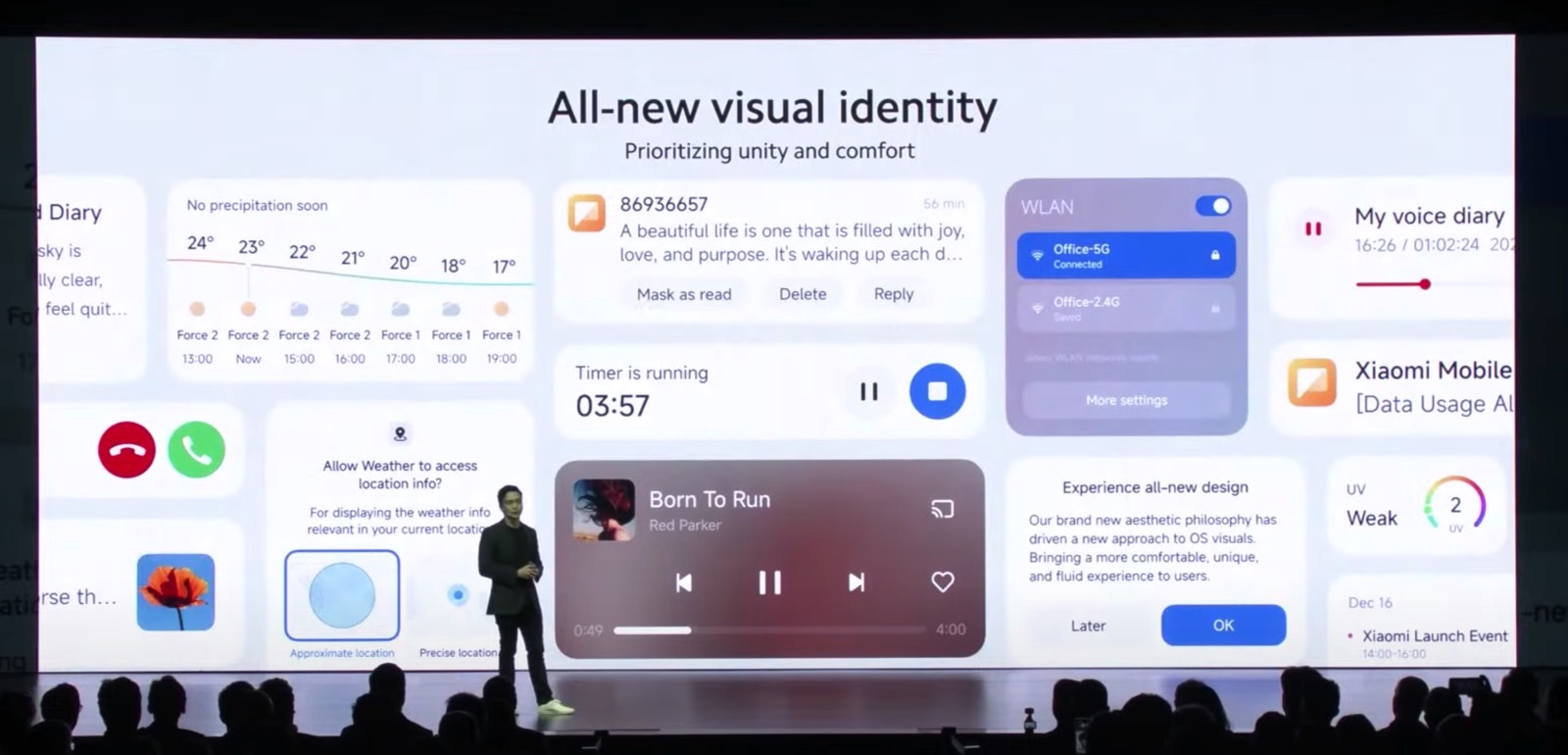
Google didn’t get a similar treatment. It wasn’t until much later, during Xiaomi’s new wearable presentation, that Xiaomi mentioned Google and Wear OS. But even then, it was clear not all of Xiaomi’s wearable would run the same operating system.
I’ll also point out a comparison between HyperOS and Android kernel that Xiaomi made during the presentation. This further made me question the underlying OS.
The first thing I did when I got my hands on the Xiaomi 14 during the hands-on stage of the event was to check the operating system. The phone still runs on Android 14. So does the Ultra. All the Google apps are there
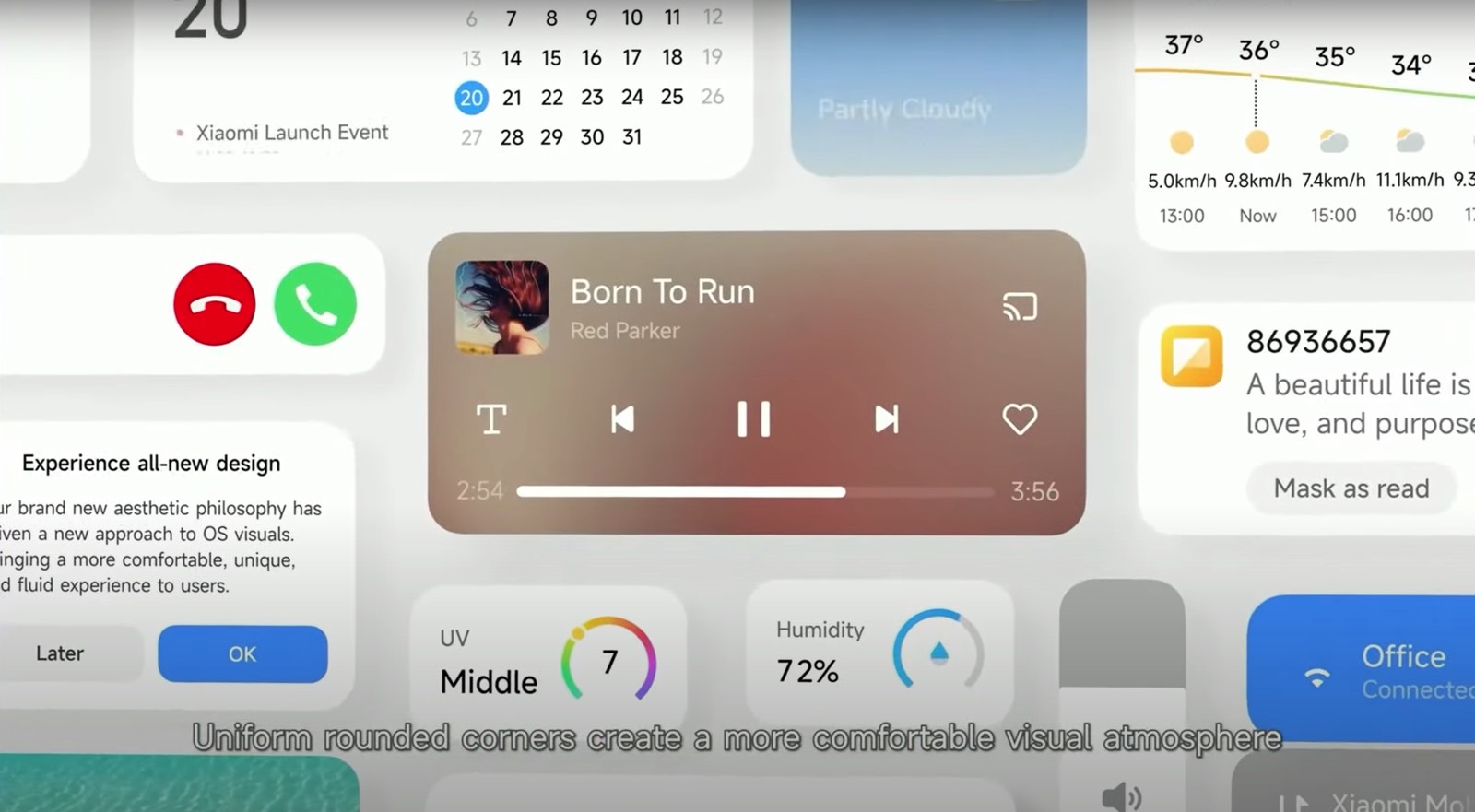
Xiaomi’s press materials feature Google a lot more than the Xiaomi 14 launch event. For example, Xiaomi 14 and 14 Ultra buyers will get 100GB of Google One storage for 6 months for free and 3 months of YouTube Premium. There’s also a built-in integration with Google One to back up photos from the Xiaomi Gallery.
Xiaomi reps at the company’s booth further confirmed that HyperOS is indeed based on Google’s Android. It just replaces MIUI, the Xiaomi Android experience some users might be familiar with.
In my hypothetical scenario, where Apple would design an Android-based OS, it would probably feel a lot like HyperOS. Maybe Apple wouldn’t even pack any Google apps on such a device.
The Alive Design Philosophy feels a lot like the iPhone
This isn’t the first time I tell you the Xiaomi UI for its Android devices looks a lot like the iPhone user interface. Maybe too much so. And I’m not the only one to have observed that over the years. Because yes, HyperOS does look a lot like the iPhone and iPad. It’s now called Alive Design Philosophy.
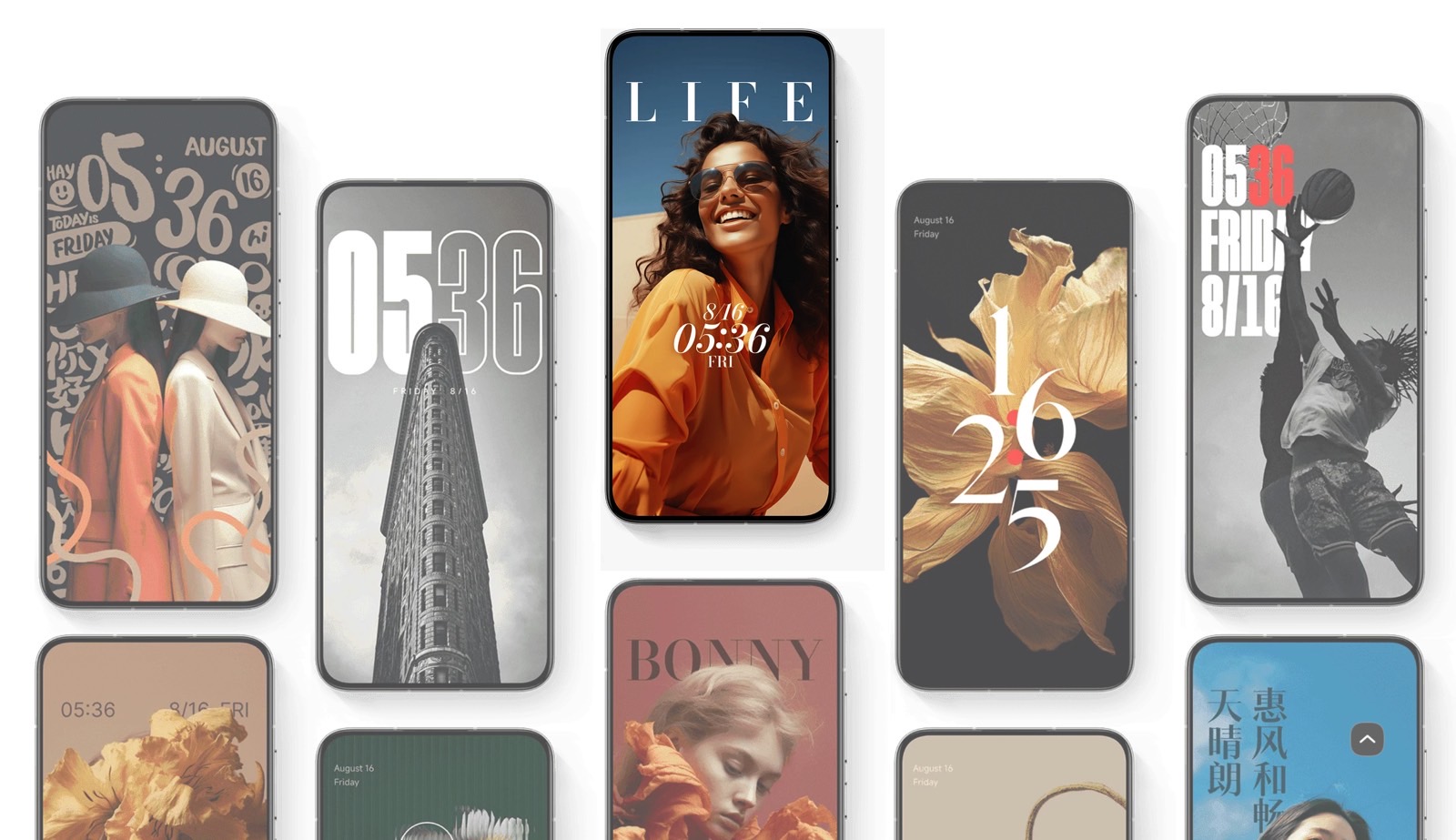
With rounded menus, light transparency, and colors inspired by nature, HyperOS looks almost identical to iOS. App icons and their colors, widgets, toggles, menus, dynamic wallpapers, weather wallpapers, and customizable Lock Screens.
These are UI elements you’ll encounter every day. And if you switch from iPhone, you’ll be right at home on HyperOS. Even some apps that Xiaomi demoed might look similar.
The Notes app is one such example, which comes with features similar to iPhone. Like the ability to use the Xiaomi 14 Ultra camera to capture a photo while you work on a note.
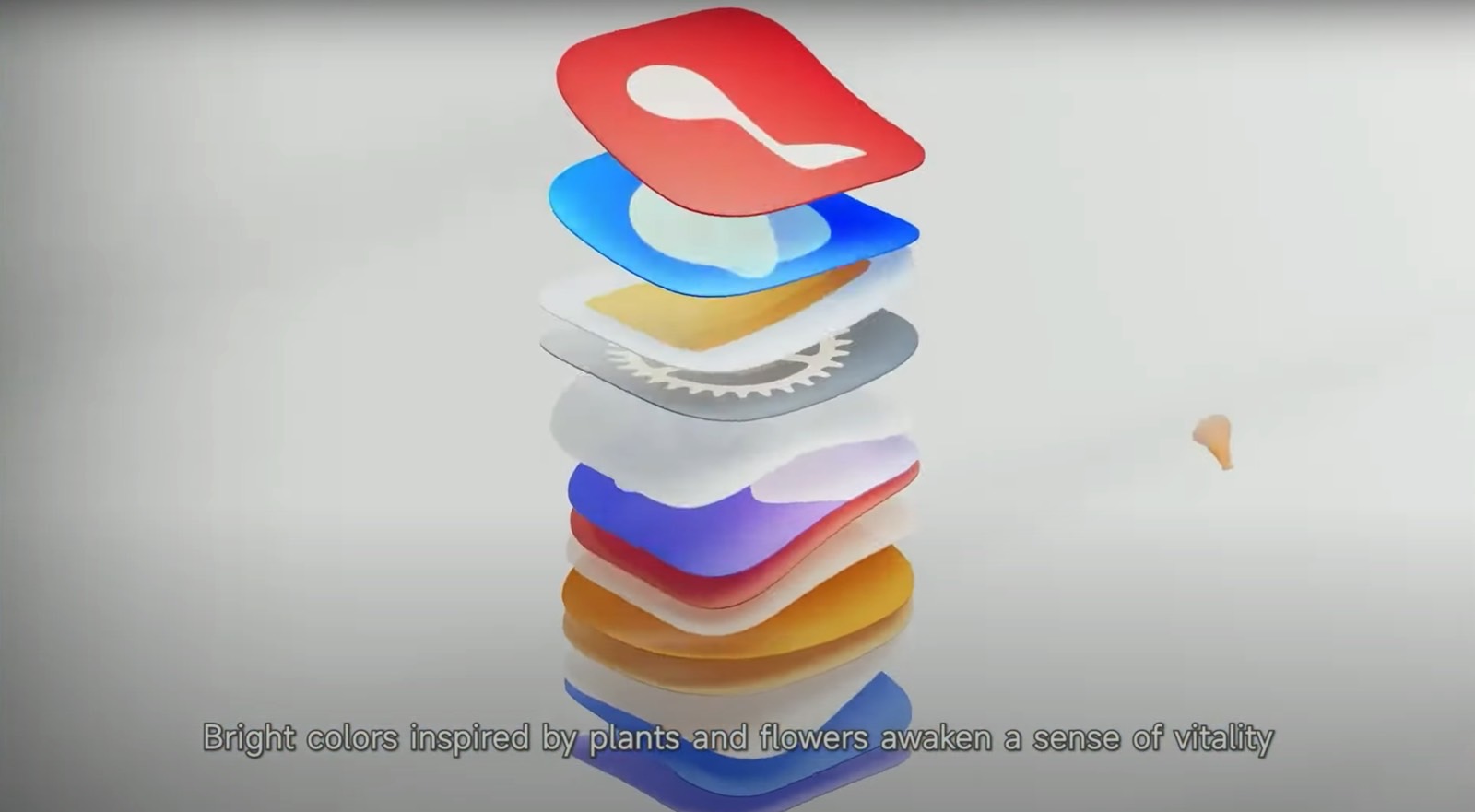
But in an industry where everybody copies everyone, the UI similarities to the iPhone aren’t a first-world problem. It’s actually what we expect from Xiaomi. Come to think of it, the only downside would be someone switching to an iPhone. They’d get used to the experience right away.
The performance improvements
What I actually liked about HyperOS, an operating system that has been years in the making, is the performance optimizations. The Xiaomi 14 Ultra and Xiaomi 14 run on the Snapdragon 8 Gen 3, so they’ll be incredibly fast. As fast as any 2024 flagship. But HyperOS could get them the extra edge they need.
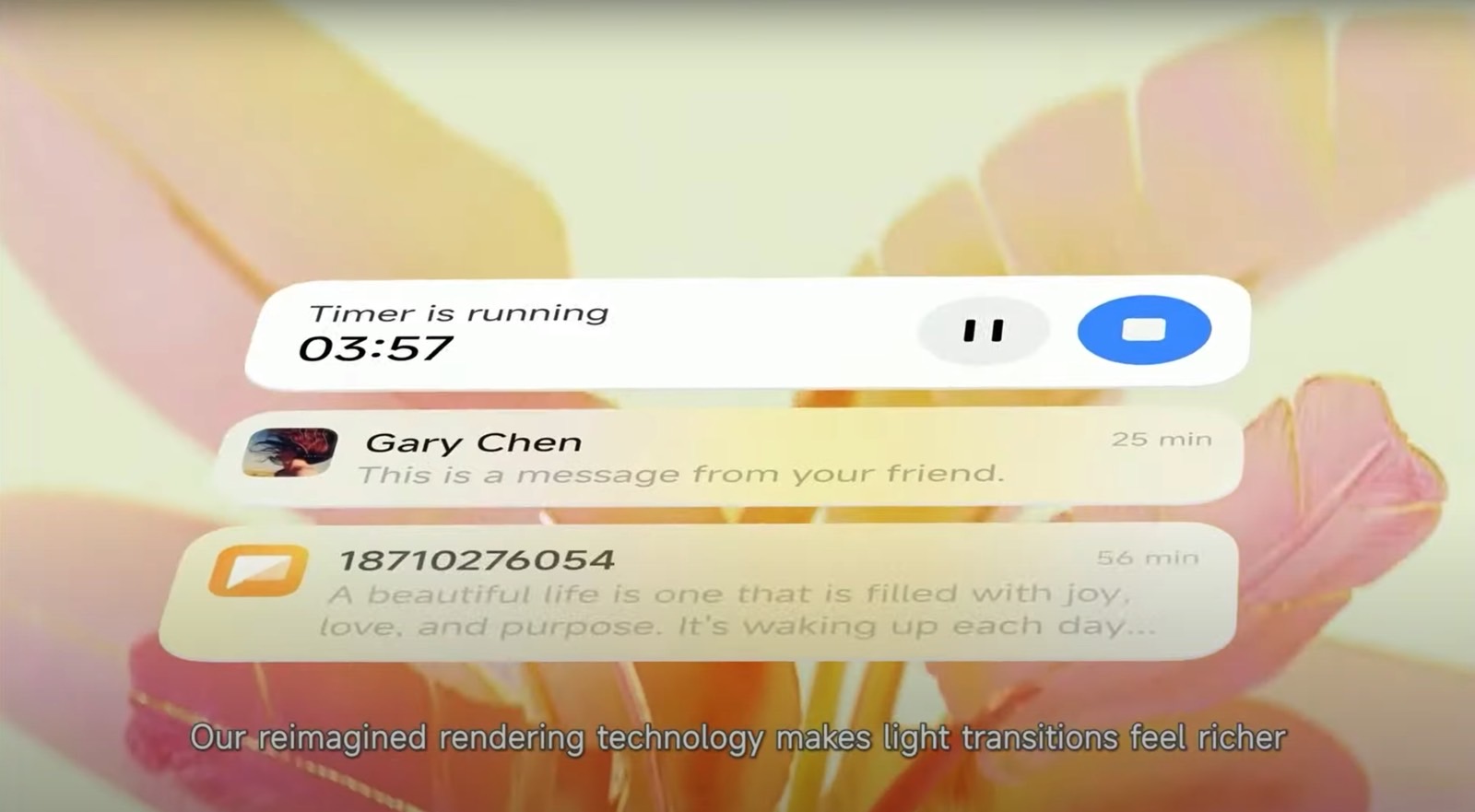
Xiaomi detailed its work on improving the speed and reliability of HyperOS compared to Android. Also, the HyperOS firmware is shrinking in size to free up more storage for the user. File management has also been improved to deliver smooth performance. Xiaomi says that the HyperOS storage refresh prevents performance degradation over extended periods of use compared to others.
The way Apple optimizes iOS to “just work” on the iPhone is legendary, to steal a buzzword from Xiaomi’s event. That is, iOS on iPhone is often faster than Android on flagship devices that might rock better hardware than Apple’s latest device.
The underlying work to make iOS fast and responsive and to maintain that experience for years is an iOS feature I always loved and have taken for granted. HyperOS is moving in that direction.
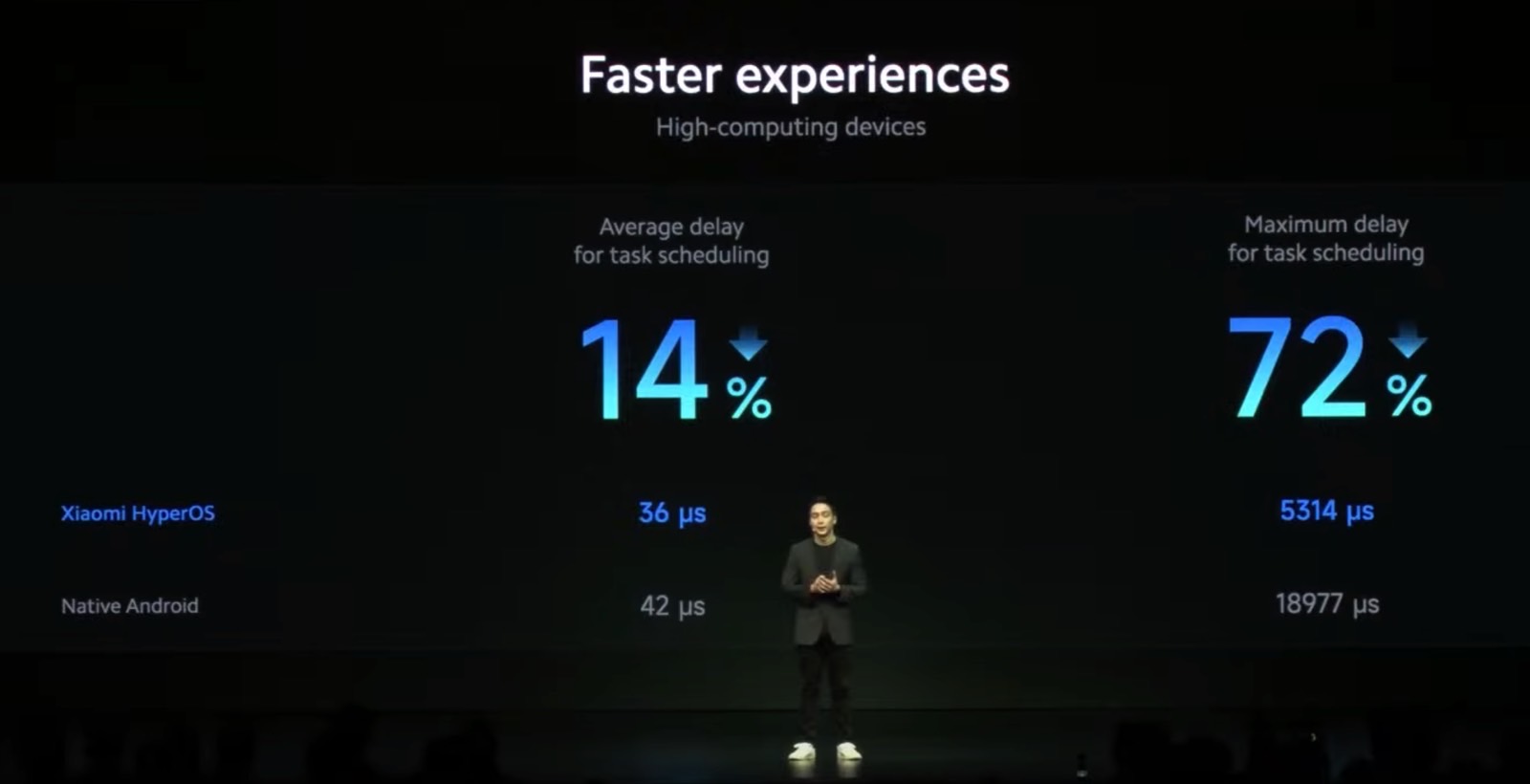
Security and Continuity
I mentioned Continuity as a staple of the Apple ecosystem experience. HyperOS will deliver a version of that. As long as you’re signed into your Xiaomi account, you’ll be able to access the same data, like working on the same Notes on a tablet and smartphone. The two actually connect to each other when nearby, allowing the user to interact with the smartphone directly from the tablet.
The experience is actually very fast, with the tablet mirroring the Xiaomi 14 screen perfectly in a demo at Xiaomi’s booth at MWC.
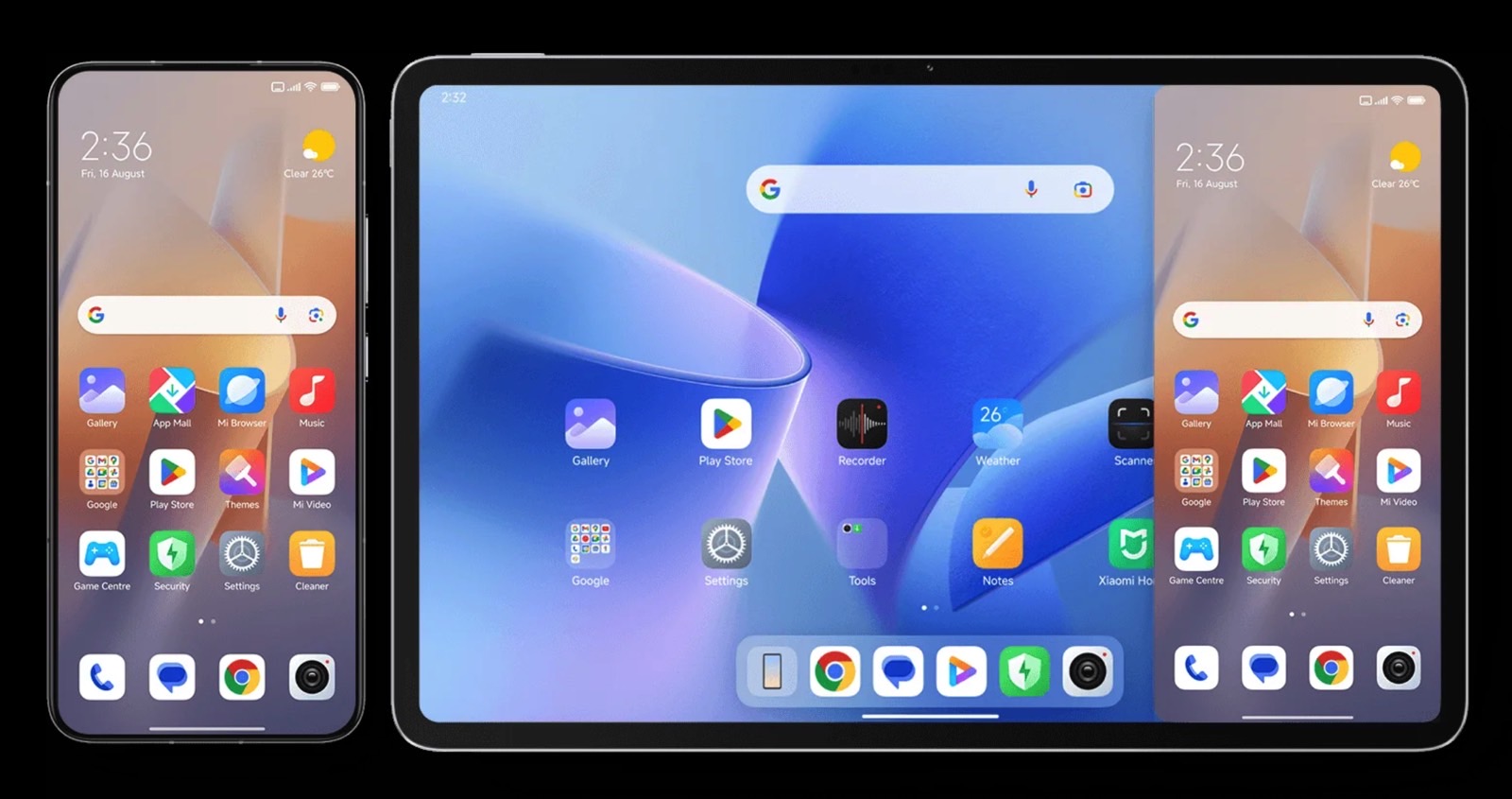
Xiaomi reps told me that Windows laptops will also be part of the same experience in the future. This is already happening in China.
Another Continuity-like feature is the shard clipboard. You can copy and paste between HyperOS devices, a feature that I use all the time on the iPhone and Mac.
Regarding security, the iPhone is famous for its end-to-end encrypted feature. Xiaomi hasn’t used “end-to-end encryption” during its presentation or on the web page of HyperOS. However, the company mentions “end-to-end security” at the hardware level. Also, the data transmission between connected devices is encrypted at the hardware level, with the user being in control.
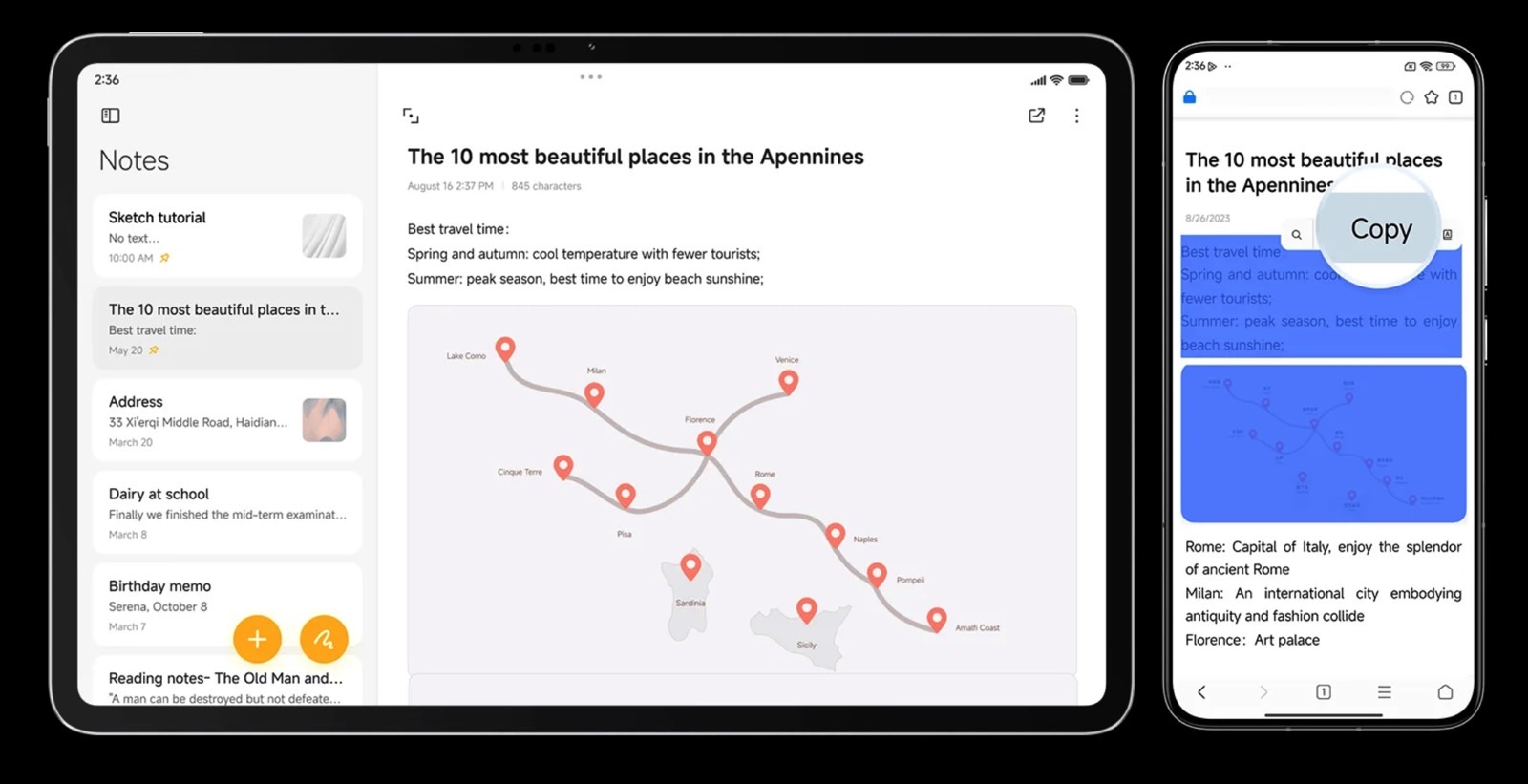
This happens via a self-developed TEE (Trusted Execution Environment) security system.
The HyperOS advantages over the iPhone
HyperOS looks like iOS but has a few advantages over the iPhone. These are new generative AI features that iOS doesn’t have. Apple, of course, is expected to introduce generative AI this year once iOS 18 drops.
HyperOS has built-in support for Xiaomi AI models, enabling a few features other phones don’t have. AI Subtitles bring real-time transcription of spoken content. AI Album Search uses natural language to improve image search in the gallery.
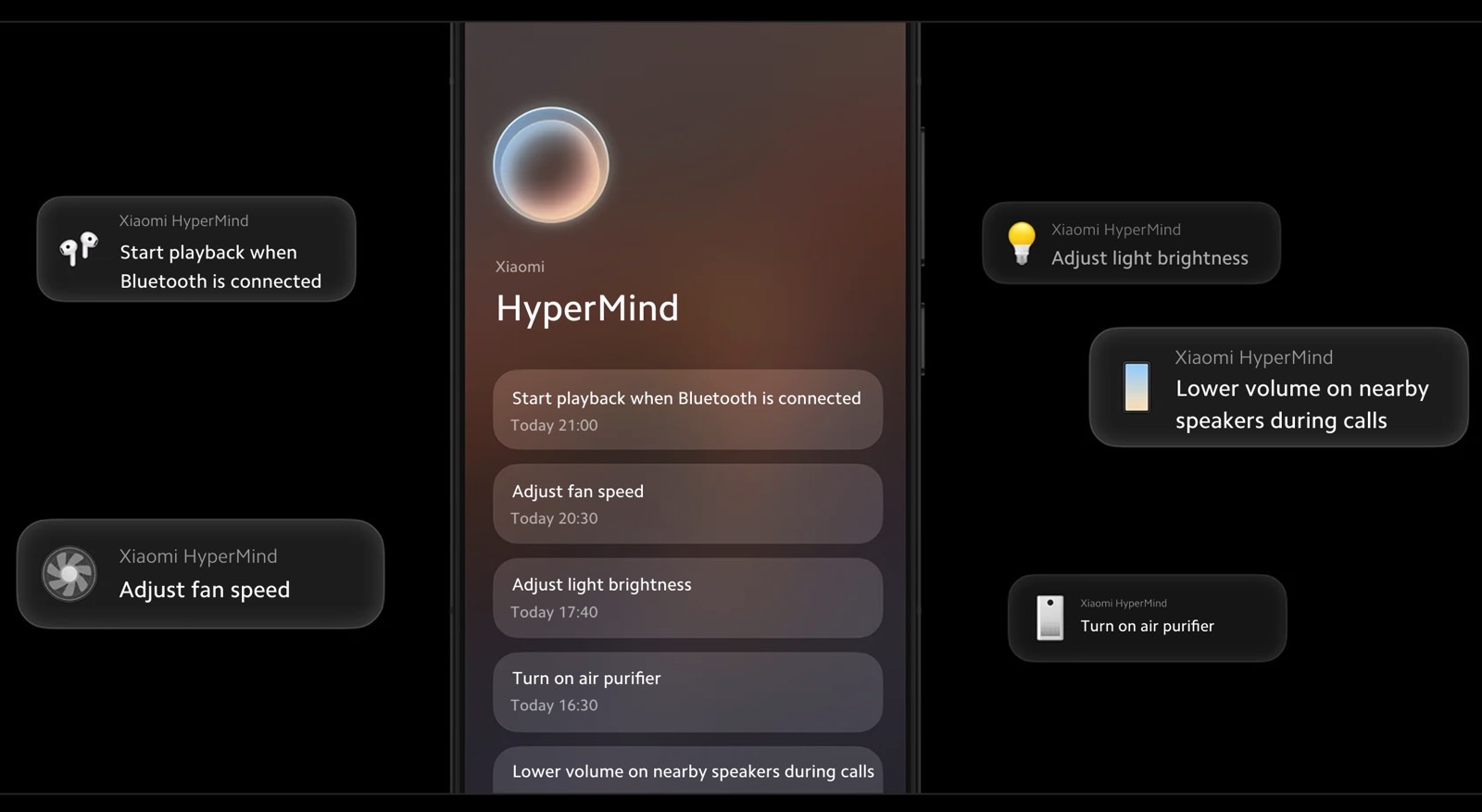
Then there’s the mind-blowing AI Portraits feature that creates a digital portrait from your photos and then lets you generate as many digital portraits as you like, complete with new backgrounds.
Finally, we have Xiaomi HyperMind, or the AI’s ability to analyze contextual information from the environment to generate automations. One example Xiaomi offered during the show is a user coming home, unlocking the smart door, and then turning on the living room lights. HyperMind will learn from that and automatically deploy an automation.
HyperOS starts with Xiaomi 14 Ultra
HyperOS will not be instantly available on Xiaomi hardware running MIUI. It starts with the Xiaomi 14 and 14 Ultra, which are rolling out soon. The brand new Xiaomi Pad 6S Pro will also run on HyperOS.
The company says on its website that the Xiaomi 13 models and the Xiaomi Pad 6 tablet will also get HyperOS.
As for future support, the Xiaomi 14 and 14 Ultra get 4 years of Android upgrades and 5 years of security patches.
